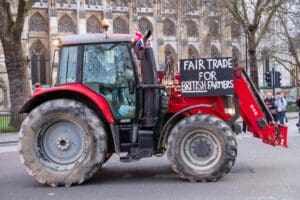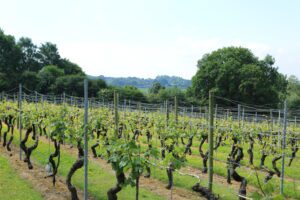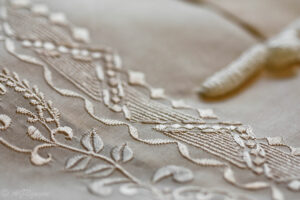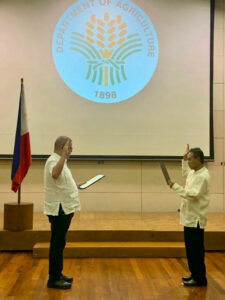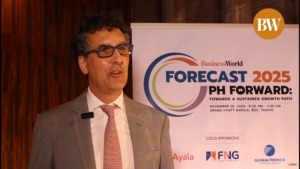It is the policy of the State to instill patriotism and nationalism among the people, especially public officials and employees, who shall at all times be loyal to theRepublic and the Filipino people, promote the preferential use of locally manufactured goods that utilize local resources, adopt measures that help make them competitive and thus generate wider employment and greater benefits to the country. — Section 1, Republic Act (RA) No. 9242, An Act Prescribing the Use of the Philippine Tropical Fabrics for Uniforms Of Public Officials and Employees and for Other Purposes
WHILE the Philippine Tropical Fabrics (PTF) Law has been enacted since 2004, the government is taking a more aggressive stance in promoting Filipino fabrics in government uniforms. At Telacon, the Department of Science and Technology-Philippine Textile Research Institute (DOST-PTRI)’s National Textile Convention, such necessities like government procurement and private sector support were discussed at the forum “Challenges and Opportunities of PTF for Government Uniforms and Mainstream Apparel,” held at the Philippine International Convention Center on Jan. 30 to 31.
Rowena Candace Ruiz, executive director of the Government Procurement Policy Board-Technical Support Office discussed plans from their office, part of the network that supplies uniforms to government workers. “DepEd (Department of Education) has one million, and 50 thousand employees,” which would constitute almost half of the target set for their office. “We are now not only encouraging, but actually helping procuring entities to incorporate green specifications with sustainable textiles for procuring uniforms,” she said.
Olive Ang, president of Exclusive Apparel by Olive Ang, a company that makes uniforms, talked about the qualities of PTF that she admires most. They have a sheen to them, did not wrinkle, and due to their composition of natural fabric and polyester, would not require extra care (unlike pineapple and abaca fiber in their purest form). RA 9242 defines tropical fabrics as, “those containing natural fibers produced, spun, woven or knitted and finished in the Philippines.” In an article from the DOST-PTRI, revisions in the implementing rules and regulations in the law were launched in 2023. “Previously, the requirement was at least 5% by weight for fibers like abaca, banana, and pineapple, and 15% by weight for silk. The new standard is a minimum of 5% for both natural textile fibers and silk,” said the agency.
Matthew Lazaro, vice-president of Asia Textile Mills, Inc. and chief executive of Ananas Anam Philippines Inc. (which transforms pineapple farming waste products into fiber) said, “PTF is not like those handwovens.” The fabrics to be used are those made my high-speed machines. “PTF only means that there’s pineapple or local indigenous fiber content.”
Challenges he sees include a lack of awareness. “I don’t think the government is really aware of this law,” he said, not to mention the general expense of making these fabrics, citing the need for automation to increase supply. “The PTF becomes really expensive because of the fiber,” he said. “Automation on specifically the extraction of the fiber would really help, at least in making PTF (have) more than 5% (indigenous fiber). It really boils down on price,” he said. “We’ve identified each and every process and how to systematize and make everything cost-efficient and production-efficient.”
He added, “If we just really comply, especially with government, they really have to take the lead. If people will really comply, I see a really good future ahead of it. Our country is so rich with natural resources.”
DOST-PTRI Director Julius L. Leaño said later in a press conference, “The government is exerting all efforts as part of its mandate under 9242 to be able to link the supply chains together,” which includes farmer groups, fiber producers, and manufacturers. — JLG


